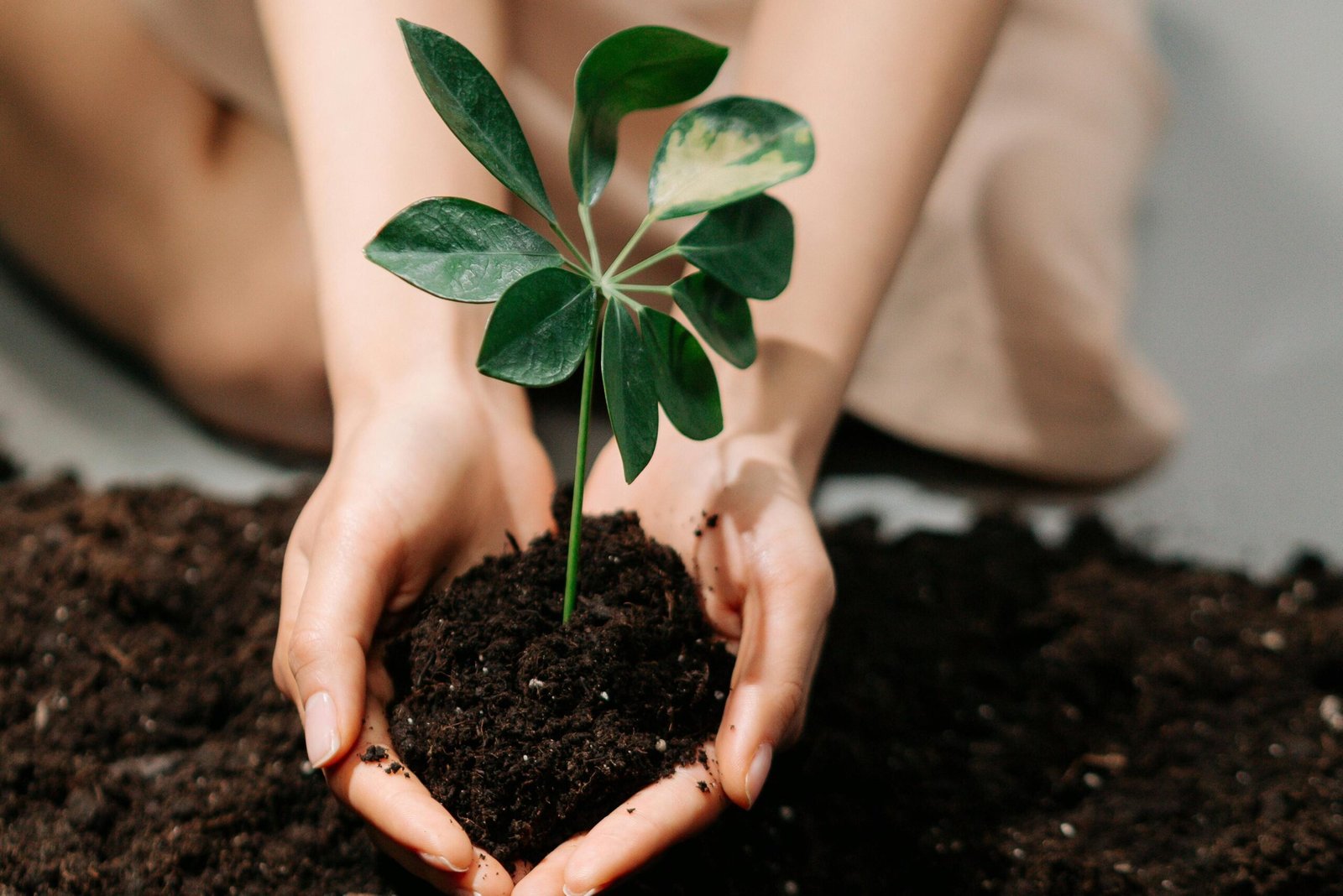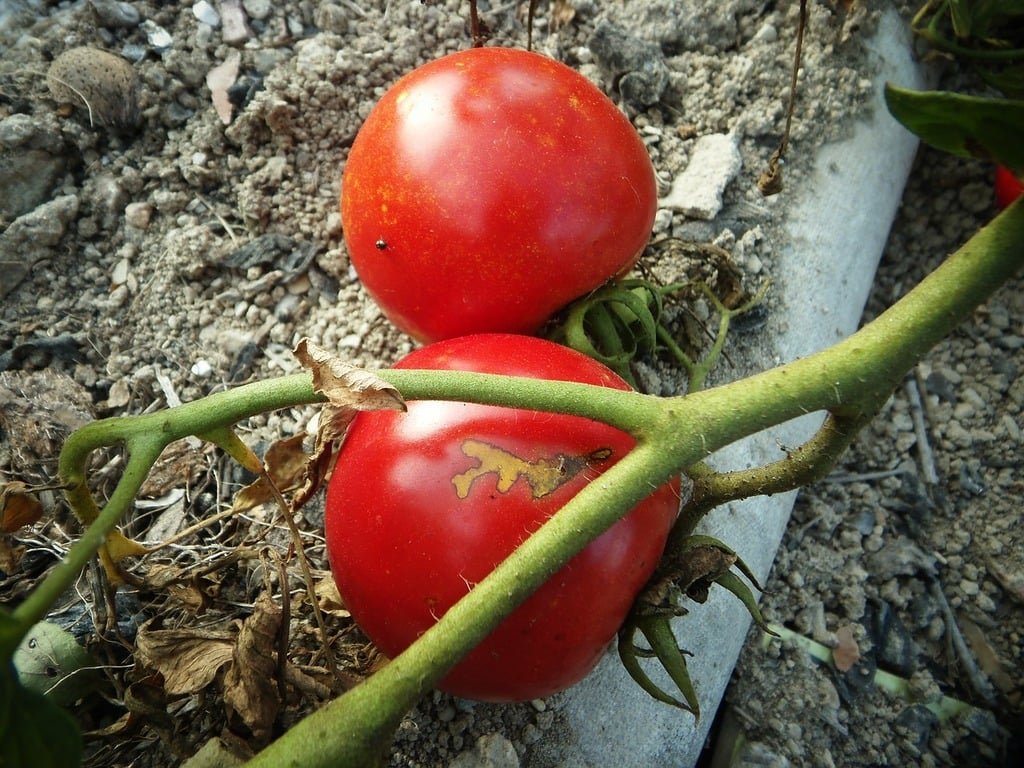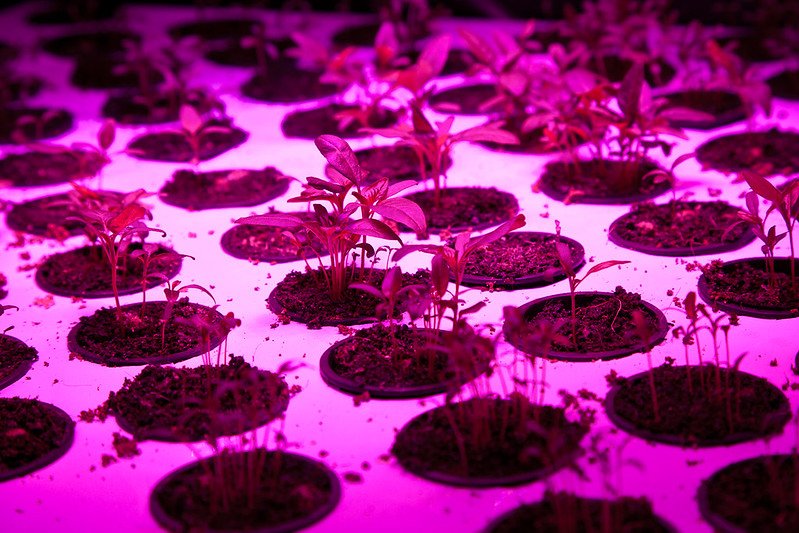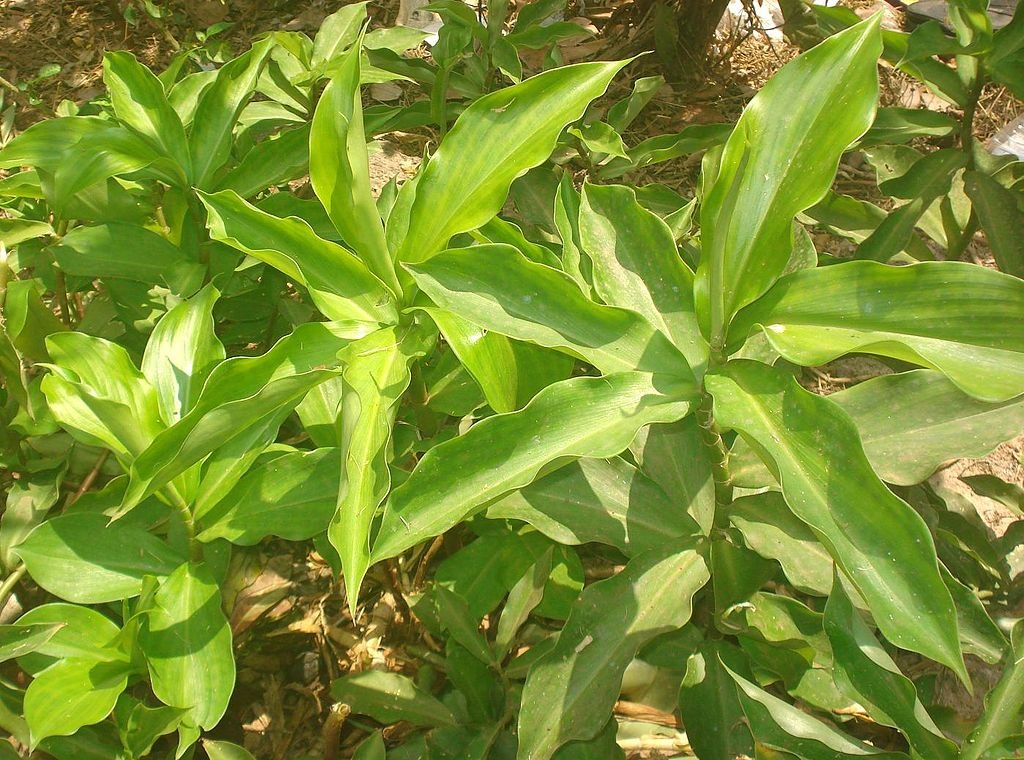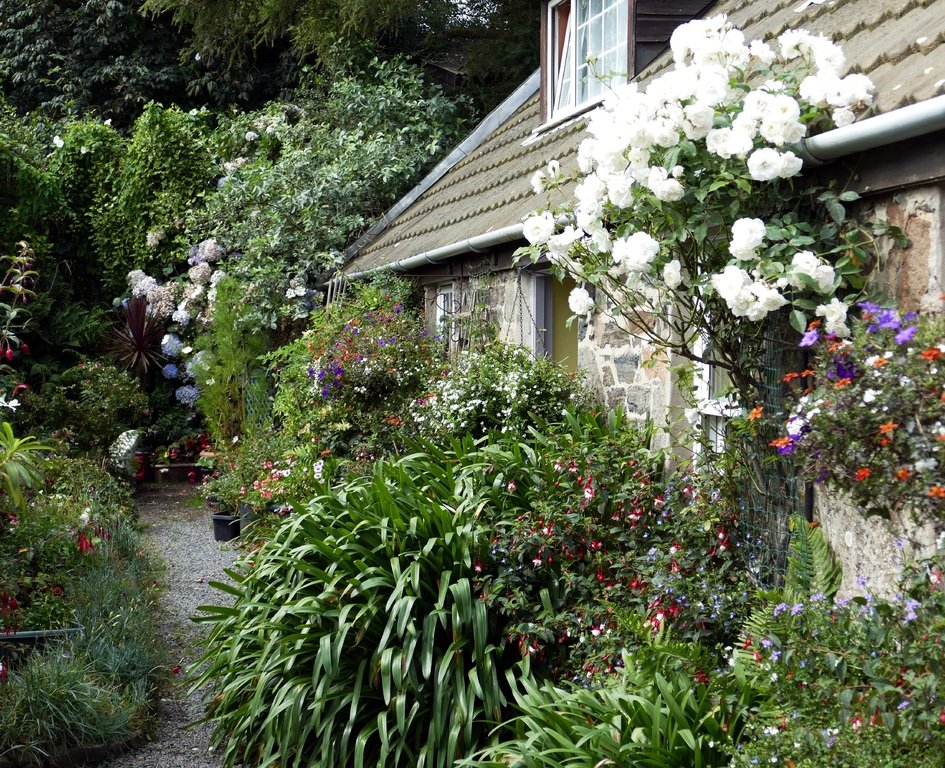Welcome to our comprehensive guide on optimizing your garden’s health by properly managing soil pH levels. Understanding your garden soil’s acidity, its pH balance is essential for cultivating thriving plants. In this guide, we’ll delve into the importance of a Garden Soil pH test, explore the impact of Soil acidity, and provide insights on maintaining the ideal Soil pH balance for optimal plant growth and vitality. Let’s embark on a journey to create a harmonious environment where your plants can flourish.
Table of Contents
Why is it essential to improve the soil pH of a garden?
Adjusting soil pH is of paramount importance for successful gardening. It wields a direct influence over the availability of vital nutrients to plants. Maintaining an optimal pH range creates an environment where plants can efficiently uptake essential nutrients, fostering healthy growth and yielding robust, flourishing crops. The delicate balance of soil pH significantly impacts nutrient absorption and microbial activity, underscoring its role in your garden’s overall vitality and productivity.
What needs to be done to improve the soil pH of a garden?
To improve the soil pH of a garden, you generally have two main options: raising the pH (making it more alkaline) or lowering the pH (making it more acidic), depending on the current pH of your soil and the plants you intend to grow. Here’s how you can approach both scenarios:
Lowering Soil pH (Making it More Acidic)
If your soil is too alkaline and you need to lower the pH, follow these steps:
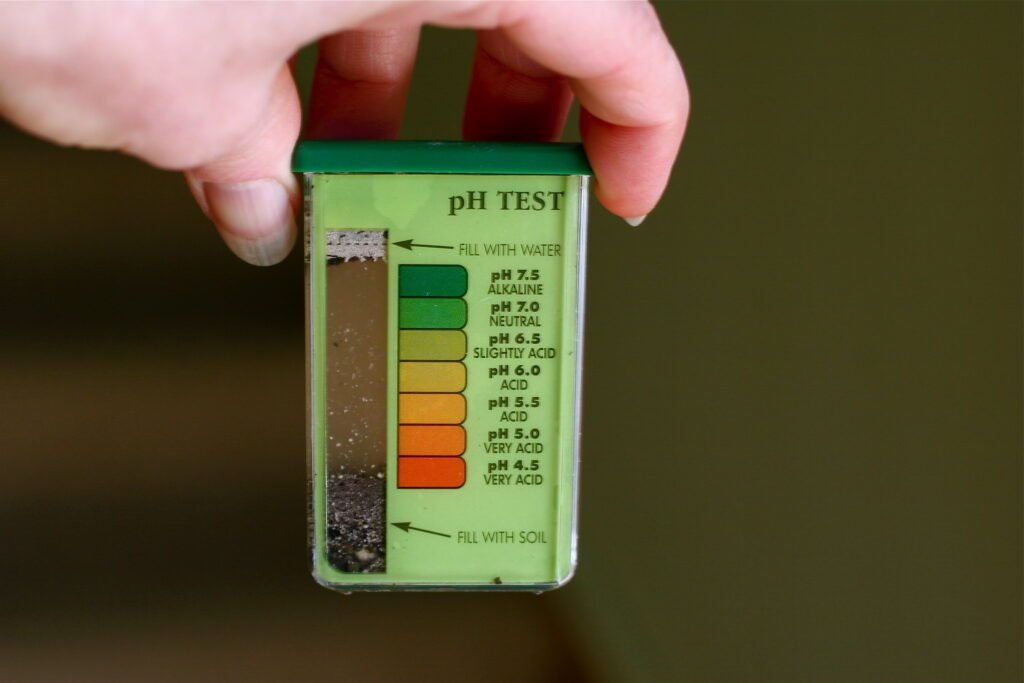
Test Your Soil pH
The first step in enhancing your garden’s soil pH is understanding its current state. Employing a reliable soil testing kit proves invaluable here. By conducting a garden soil pH test, you unearth valuable insights into the existing pH level, which is the foundation for your subsequent actions.
A soil testing kit typically comprises all the necessary tools to extract a soil sample, which is then subjected to analysis. This process unveils whether your soil leans towards the acidic end of the spectrum, tending towards alkalinity, or is already balanced within the desired range. With this knowledge, you can discern the extent of pH adjustment required to create the optimal environment for your chosen plants to thrive.
Remember, accurate testing sets the groundwork for successful pH management. Skipping this step might lead to incorrect amendments and undesirable outcomes. So, invest the time in this initial assessment—it’s a critical determinant of your garden’s health, vibrancy, and productivity.
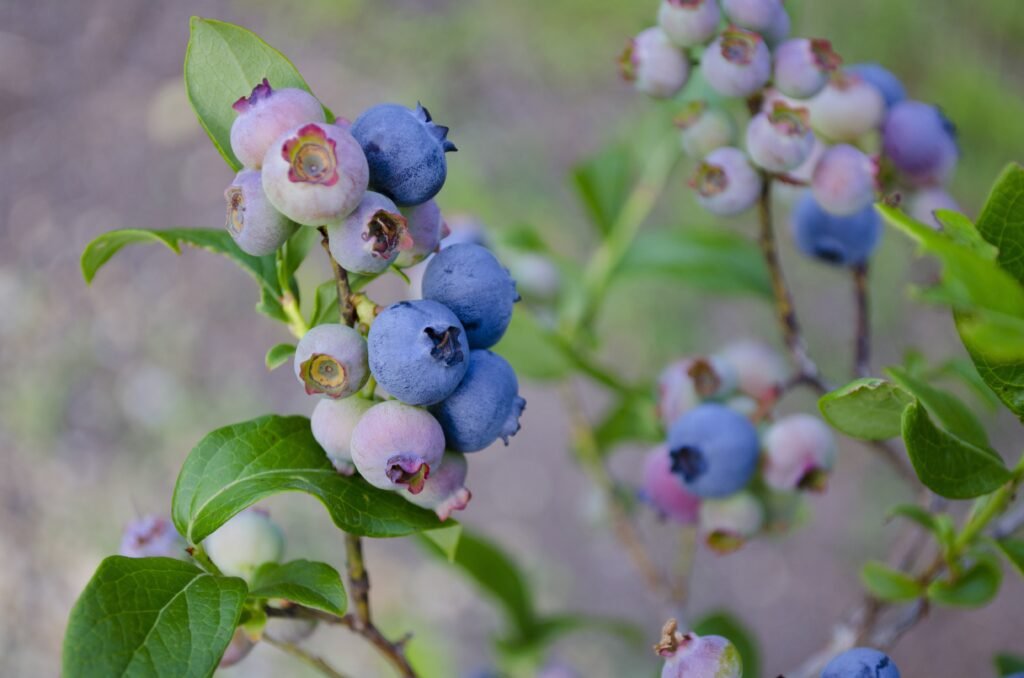
Choose Acid-Loving Plants
When faced with a garden characterized by naturally alkaline pH, strategically selecting flora that revels in more acidic surroundings is wise. Acid-loving plants are tailored to flourish within this specific pH spectrum, ensuring vitality and vibrancy.
Blueberries, celebrated for their delectable fruits, epitomize these acid-loving preferences. Their roots thrive in slightly acidic soils, efficiently absorbing nutrients. Azaleas, renowned for their vibrant blossoms, similarly prosper in acidic environments, which provide them with the optimal conditions for vibrant blooms. Rhododendrons, with their showy clusters of flowers, also relish acidic soil, enabling them to exhibit their full splendor.
Certain conifers, such as pine trees, junipers, and spruces, join the roster of acid-loving plants. These evergreens, valued for their year-round beauty, favor acidic soils that facilitate nutrient uptake, contributing to their longevity and vigor.
By embracing these acid-loving selections, you adapt your garden to the existing soil pH and set the stage for a harmonious and thriving ecosystem. This tailored approach showcases nature’s resilience and your strategic gardening insight, culminating in a picturesque landscape where flora and pH find a balanced equilibrium.
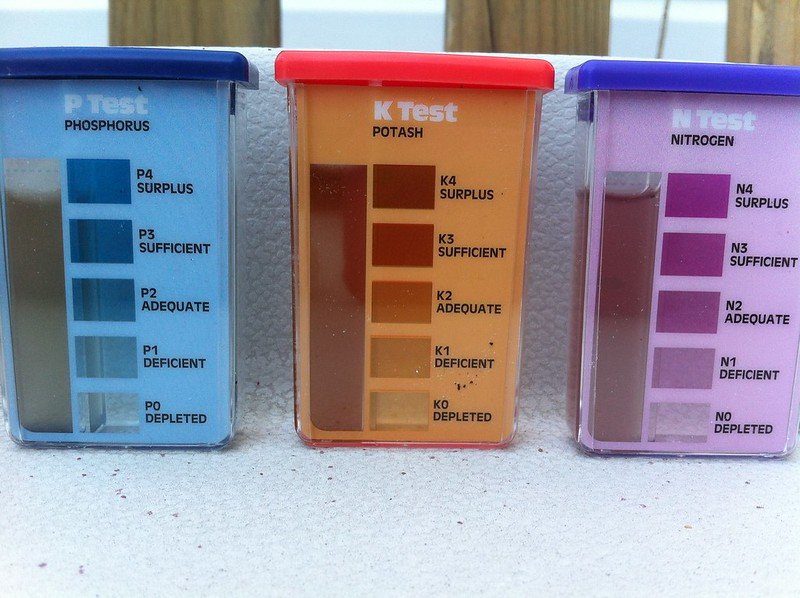
Add Amendments
Introduce acidic materials to the soil. Some common amendments include:
Sulfur
Elemental sulfur can help lower pH gradually. It’s best to apply it in the fall or early spring, as it takes time to break down and alter pH.
Peat Moss
Peat moss is acidic and can be mixed into the soil to help lower pH.
Pine Needles
If available, incorporate pine needles into the soil. They gradually release acidity as they decompose.
Monitor and Retest
After introducing soil amendments to rectify pH imbalances, the journey to an ideal garden soil pH doesn’t end; it transforms into a meticulous monitoring phase. Regular pH checks and soil retesting are crucial to ensure that your efforts steer the soil in the desired direction.
Soil conditions can evolve due to various factors such as weather, plant uptake, and microbial activity. Monitoring empowers you to detect any unexpected pH fluctuations promptly. This proactive approach allows you to make timely adjustments and avoid potential nutrient imbalances or suboptimal plant growth.
Invest in a reliable pH testing kit or meter to perform efficient pH monitoring. These tools provide accurate and quick readings, enabling you to gauge if your amendments have the intended effect. Conduct tests across different areas of your garden, as soil pH can vary even within a relatively small space.
By staying vigilant in your pH monitoring efforts, you can fine-tune the amendments and interventions necessary to achieve and maintain the ideal pH range for your specific plants. This dedication to ongoing assessment is a cornerstone of successful gardening and contributes to the longevity and vibrancy of your garden’s ecosystem.
Raising Soil pH (Making it More Alkaline):
If your soil is too acidic and you need to raise the pH, follow these steps
Test Your Soil pH
As a first step, begin by conducting a comprehensive pH test on your soil. This initial assessment is crucial in gauging the degree of adjustment required. By testing the pH levels, you gain valuable insights into your soil’s current condition, empowering you to make informed decisions about the necessary amendments. This proactive approach lays the foundation for a thriving garden by ensuring that subsequent actions are tailored to your soil’s unique needs. Remember, a soil pH test is the key to unlocking a flourishing garden brimming with vitality.

Choose Alkali-Tolerant Plants
If your garden’s soil tends towards natural acidity, strategically selecting plants that thrive in alkaline conditions becomes pivotal. Examples encompass robust choices like asparagus, known for its hardiness, and fragrant lavender, which not only adapts but intensifies fragrance in alkaline soil. Moreover, numerous alkaline-tolerant vegetables, from resilient brassicas like cabbage and broccoli to versatile roots like carrots, offer adaptability. Legumes like peas also showcase tenacity in these conditions.
Remember, plant pH preferences span a spectrum; while these examples excel in alkaline soil, they can adapt to slight variations. Attentiveness to growth and overall garden health guides you in creating an environment where these plants flourish. This highlights nature’s adaptability, ensuring your gardening success despite pH diversity.
Add Amendments
To raise pH, you can add materials that are alkaline in nature:
Lime
Lime application is a versatile solution to elevate soil pH levels. Dolomitic lime and agricultural lime stand as valuable options in this endeavor. The precise amount required hinges on factors like soil composition and initial pH. Understanding your soil type and its current pH assists in determining the optimal lime dosage. This informed approach ensures effective pH management, fostering an environment conducive to thriving plants.
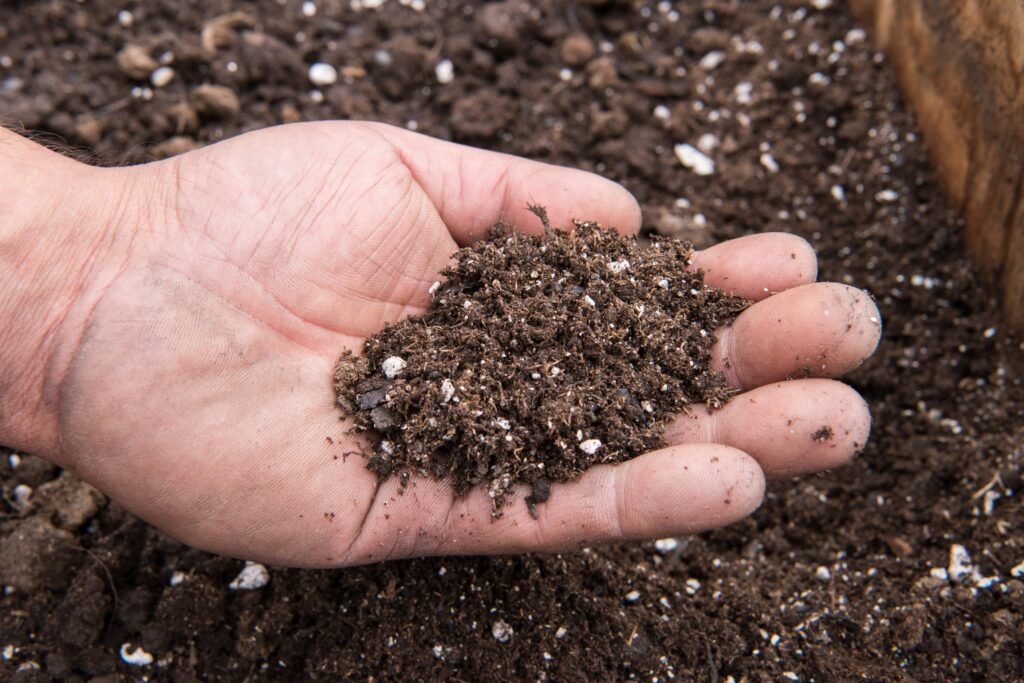
Wood Ash
Utilizing wood ash from hardwood fires is a natural method to elevate soil pH. However, moderation is vital, as excessive application can disrupt the nutrient balance. Wood ash, with its alkaline properties, effectively counteracts soil acidity. Yet, caution must prevail to prevent unintentional nutrient imbalances. By judiciously incorporating wood ash, gardeners can harness its benefits while ensuring optimal plant health. Strike a balance in pH adjustment, embracing the transformative power of wood ash while avoiding potential drawbacks tied to overuse.
Monitor and Retest
Similar to decreasing garden soil pH levels, consistent monitoring and periodic soil retesting play a vital role in effectively achieving your target pH range. Regular assessment safeguards your efforts in maintaining optimal conditions for plant growth. Monitor pH levels and periodically conduct soil tests to confirm that your adjustments align with your desired pH range. This proactive approach ensures a nurturing environment, promoting healthier plants and a thriving garden.
General Tips:
- Follow recommended application rates for any amendments to prevent overcorrection.
- Apply amendments evenly and incorporate them into the soil for better distribution.
- Keep in mind that changing soil pH is a gradual process. It’s better to make adjustments over time rather than correct them all simultaneously.
- Different plants have different pH preferences, so adjust your soil pH according to the plants you plan to grow.
Always remember that the ultimate objective is to attain a pH level tailored to the specific needs of the plants you intend to nurture. Recognize that various plants harbor distinct pH preferences, and adjusting your soil’s pH aims to harmonize with these requirements. As you embark on this journey, consulting local gardening resources or seeking expert guidance becomes invaluable. Their insights are enriched by a deep understanding of your region’s unique climatic and soil attributes.
Local experts can provide recommendations that cater to the peculiarities of your area, helping you navigate the intricacies of pH adjustments effectively. They can suggest suitable plant varieties well-suited to your soil composition and pH conditions, enhancing the prospects of a flourishing garden. Furthermore, they can offer practical advice on choosing the proper amendments, applying them appropriately, and fine-tuning pH levels based on your plants’ preferences.
You equip yourself with a holistic strategy by tapping into local wisdom and leveraging expert knowledge. This ensures that your garden achieves the desired pH balance and thrives harmoniously, yielding bountiful and vibrant blooms, fruits, and foliage.

